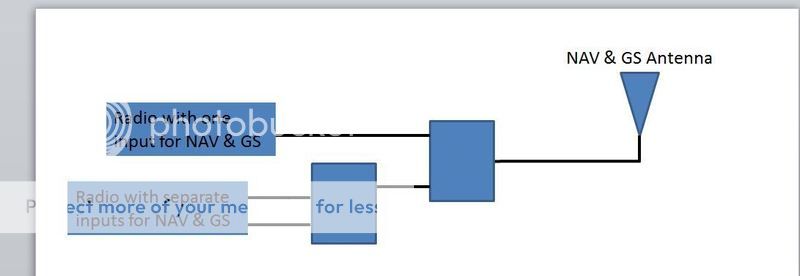chrisbre
Filing Flight Plan
My GS needle starts moving and the off-flag disappears at the middle marker, or sometimes even later. Nice to practise LOC approaches, but nothing you want to have every day. I checked the radio (KX-155) by using it in another airplane – works fine. I also replaced the antenna/ GS coupler. No change. What is your idea on that? Bad connector between the coupler and the radio? Could the NAV-antenna just work fine for the localizer but not for the GS?

